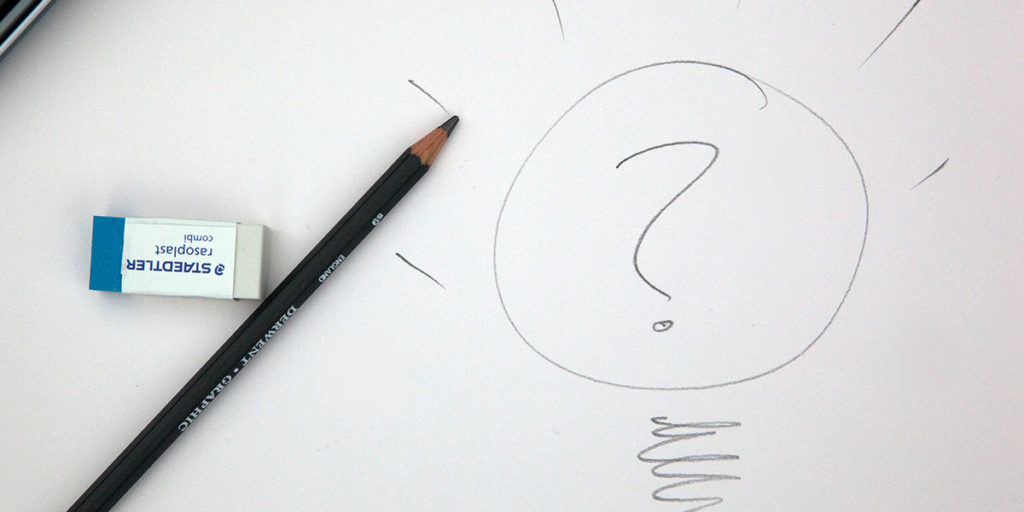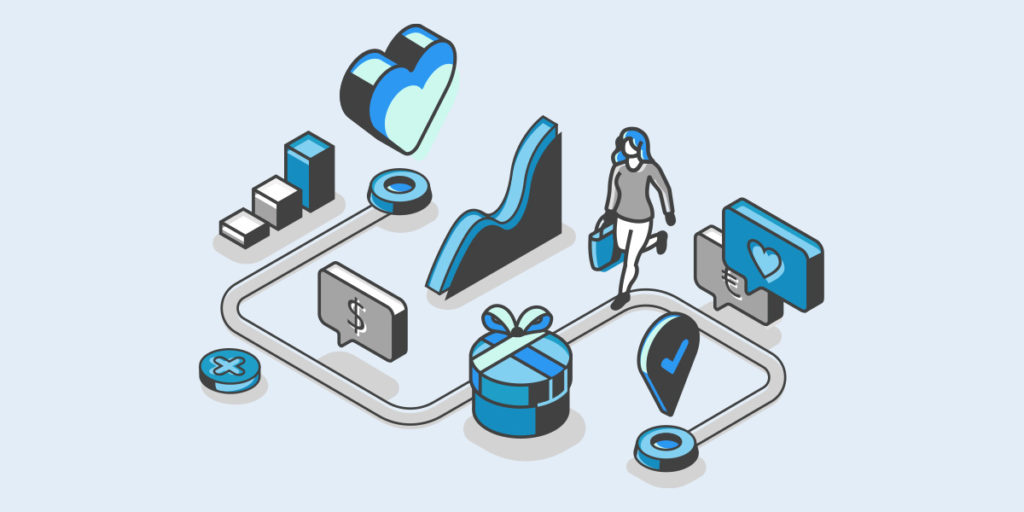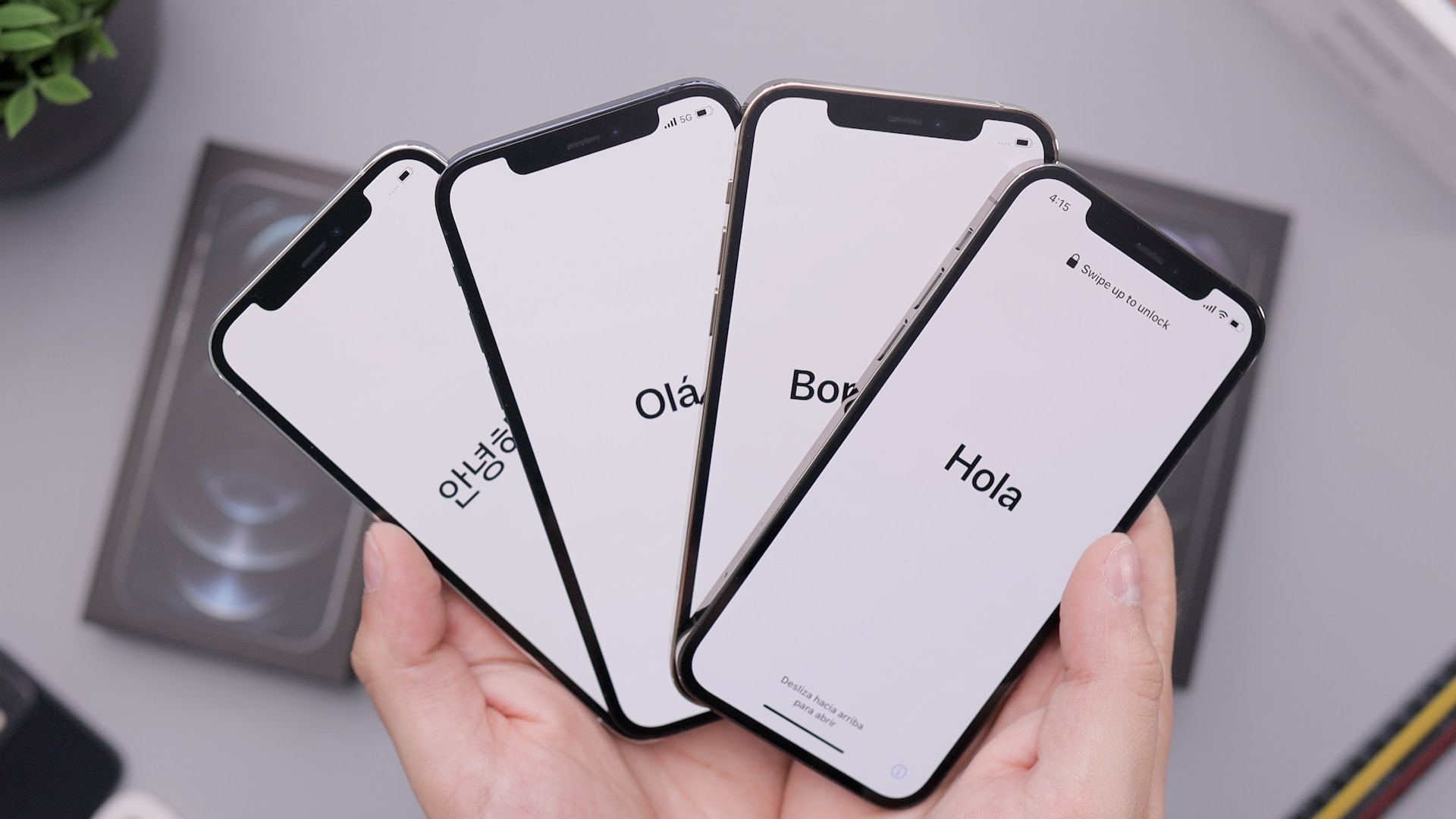In recent years, user-centred design has been on a rise in-order to create the right experience for users. Earlier in the day, creating a product and pushing it to users was one of the ways that many products were built. Companies are now focusing on how they can personalise a product and deliver something that the users really want.
User-centred design is an iterative process which means that the users are involved in every phase of the design and development of the product. It’s an approach which requires you to be optimistic about creating new solutions. We need to understand WHO are the users, WHAT problems they are facing and HOW we can solve those problems.
This is a brief article to help you deep dive into identifying the WHAT questions. User goals are the final actions/states that the users want to reach. It is the end goal. For example: user goals could be brewing a coffee, baking a cake or planting a seed. Goal mapping helps us understand how we can handhold the users to achieve these goals. It is a step that comes after we have understood WHO are we solving the problem for.
Asking the right questions for Goal Mapping

- How do the users discover that their goal can be achieved?
- How do the users know what steps to take?
- Now that they have answers to the first 2 questions, how do they know that what they are doing is the right thing to do?
- The final question is how do the users know that they have achieved their goals?
*There can be multiple goals that can be identified and solved. It is important that we find direct answers to these questions.*
Writing user stories

After we have identified the user goals, we can now create user stories which helps us decide what features should we start with and what we can add in the future. The most important point while creating a user story is that it should be made with the least amount of hypothesis and should be supported with quantitative data.
You can use this template
**As a <type of user>, I want <goal> so that <benefit>**
*It is important to keep the user stories as short as possible and should be written by Product/UX Designers.*
Deliverables

In this step you can use low or high fidelity wireframes and prototyping tools to understand how you are going to solve this problem.
Questions like is it discoverable? Will the users know where to click? Will this information be enough to help reach the users to their goals? should be answered in this step.
Conclusions
Goal mapping helps build websites and applications that understand the problem that you are planning to solve and how your product helps to solve it. It also helps to understand how these goals can be made discoverable and intuitive to make the product the most useful. Lastly, it is important to understand that goal mapping is an iterative process and it can change as you progress with the design and development of the product and keep interacting with your users.
Know more about us on Agaetis.tech


